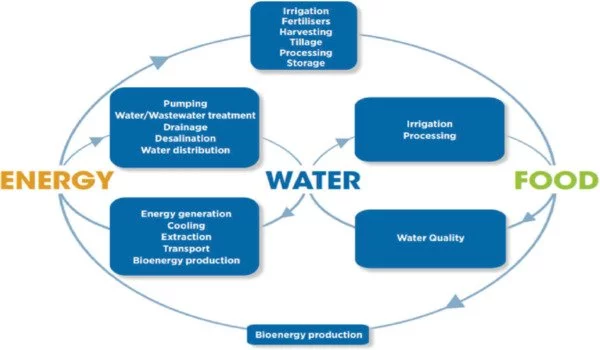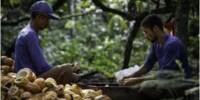There is often a trade-off between biodiversity conservation and food security in land use, as agricultural production can often come at the expense of natural ecosystems and their associated biodiversity.
Strict protection of large land areas for animals and plants could save humanity from extinction in the coming decades. However, this could jeopardize food supply in some countries, particularly in the global South.
Numerous scientific studies confirm that further unrestricted loss of biodiversity as a result of anthropogenic impacts will limit our planet’s long-term habitability. Professor Almut Arneth from the Atmospheric Environmental Research Division of KIT’s Institute of Meteorology and Climate Research (IMK-IFU), KIT’s Campus Alpine in Garmisch-Partenkirchen, believes that humanity can counteract this by protecting large areas: “At the very least, this would mitigate the consequences. However, the amount of space required would be enormous. According to some researchers, use of half of the land surface would have to be avoided.”
Two teams from Campus Alpine and partners from the Universities of Aberdeen, Edinburgh, and the International Institute for Applied Systems Analysis (IIASA) in Austria have now thoroughly investigated the consequences.
Our research demonstrates the importance of considering the trade-offs associated with larger nature protection areas. Of course, environmental protection is critical to human well-being.
Professor Mark Rounsevell
The researchers used coupled socio-ecological models to examine how strict protection of 30% and 50% of the terrestrial land surface would affect land use and food security. They discovered that this would presumably lead to an intensification of agricultural production on the remaining areas in order to ensure global food supply. Food costs would rise. Food and vegetable consumption would fall, while the number of underweight people in various parts of the world would rise. This would increase the risk of dietary-related diseases and mortality.
Unequally Distributed Effects of Extreme Measures
Investigations also revealed that countries of the global South would be affected most by food scarcity as a result of strict nature protection on large areas due to their already low food supply level. Richer countries, by contrast, would be largely spared the negative effects. Here, reduced calorie consumption as a result of higher food costs would reduce the negative impacts of overweight and obesity.

Dr. Roslyn Henry of the University of Aberdeen, the study’s first author, emphasizes that the study should not be used to argue that large nature protection areas should be avoided. “The designation of protected areas is one of the most important tools for achieving biodiversity goals. However, it must be used with caution to ensure that food security and population health are not jeopardized, particularly in the world’s poorest regions.”
Professor Mark Rounsevell, an IMK-IFU researcher and one of the study’s authors, adds: “Our research demonstrates the importance of considering the trade-offs associated with larger nature protection areas. Of course, environmental protection is critical to human well-being. However, it must be implemented in a way that does not jeopardize food supply. It is possible, for example, to improve the effectiveness of existing protection zones.”
Study Aims to Raise Awareness of Undesired Effects
According to Arneth and Rounsevell, it is highly unlikely that many countries will opt for radical protection of 30 percent or even half of their territory: “In light of the current debate and uncertainty regarding the form of potential protection areas, our model study deals with the extreme effects of protection measures and reveals potential trade-offs that must be found and that exist.” The quantification of such trade-offs will aid future planning, negotiation, and implementation of protection measures, thereby preventing undesirable negative side effects.
Therefore, it is important to consider the trade-offs between biodiversity conservation and food security in land use decision-making processes. This requires a balance between the needs of agriculture and the needs of natural ecosystems, which can be achieved through sustainable land use practices that maintain and enhance biodiversity while still ensuring food security. Such practices might include agroforestry, conservation agriculture, and the use of integrated pest management techniques.
















